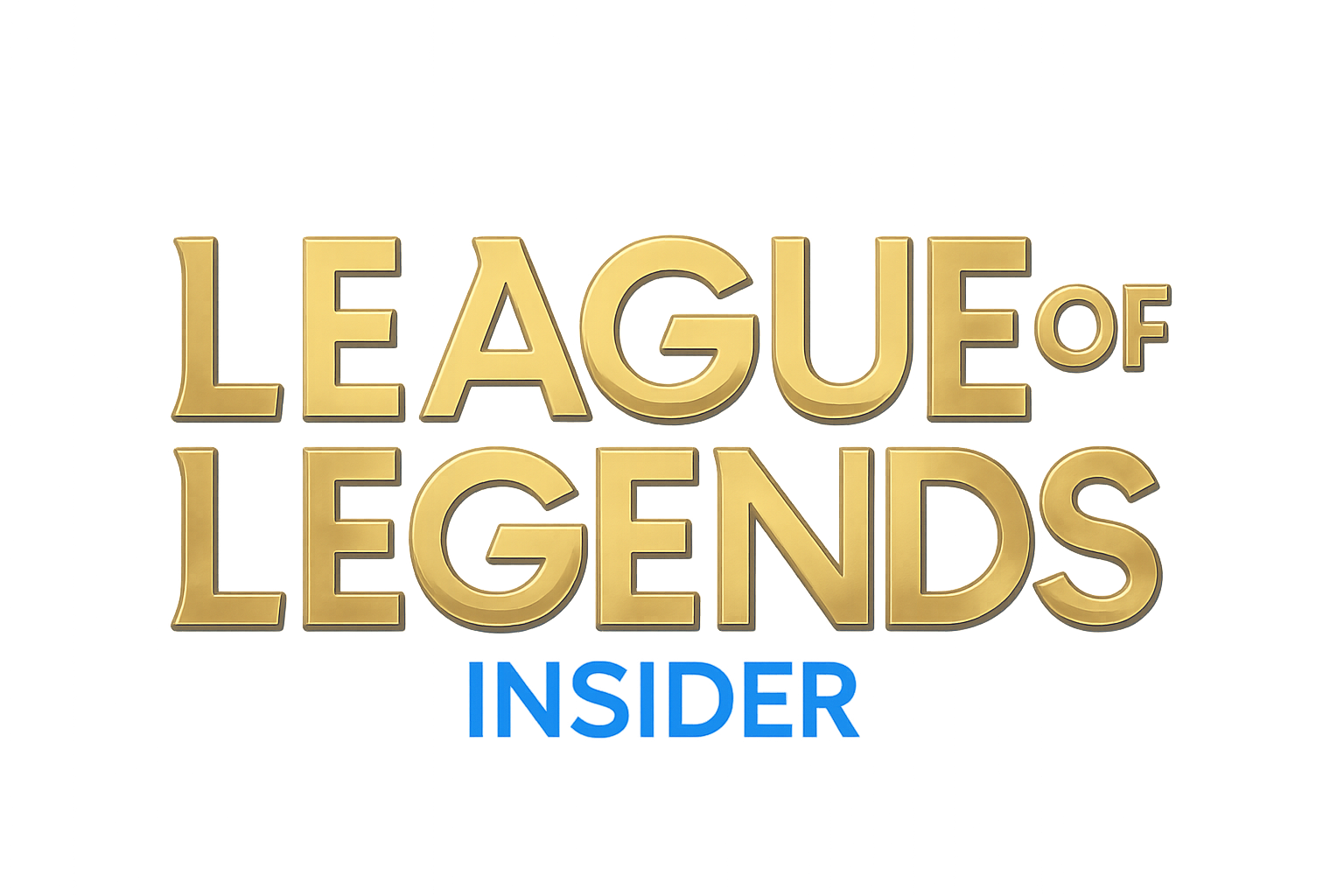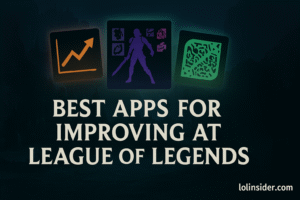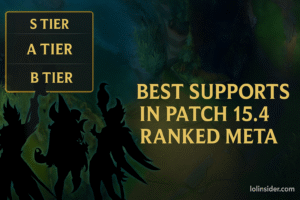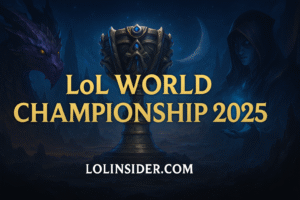The top lane in League of Legends is often described as the “island” of Summoner’s Rift. Located at the far edge of the map, it usually hosts tanky champions, bruisers, or duelists battling one-on-one. While this role might seem isolated, top lane fundamentals—trading, wave management, and roaming—are vital skills that can decide not just the laning phase but also the outcome of the entire match.
For beginners and aspiring ranked climbers, mastering these basics is the foundation of consistent success. In this comprehensive guide, we’ll break down each concept step by step, provide practical examples, and explain how they fit together to make you a stronger top laner.
Section 1: Understanding Top Lane Dynamics
Top lane has unique characteristics compared to other roles:
- Long Lane: Because it’s far from dragon and bot lane, missteps often lead to long punishes, making wave control essential.
- Teleport Advantage: Top laners can influence the map using Teleport, unlike many bot lane champions.
- Champion Archetypes: You’ll often see tanks (Ornn, Malphite), juggernauts (Darius, Sett), bruisers (Camille, Fiora), and sometimes ranged picks (Teemo, Quinn).
These elements make the role strategic: it’s not only about winning lane but about knowing when to trade, how to control minions, and when to leave lane to help your team.
Section 2: Trading – The Art of Winning Lane
What Is Trading?
Trading means exchanging damage with your lane opponent in short bursts or extended fights. The goal isn’t always to kill them but to establish lane dominance, force them to play defensively, or create opportunities to push waves.
Types of Trades
- Short Trades (Hit-and-Run):
- Example: Camille hits Q once and backs off.
- Best for poke or ability-based champions.
- Extended Trades (All-Ins):
- Example: Darius stacks his passive during a long fight until he can execute with ultimate.
- Best for juggernauts or champions with sustain.
- Poke Trades:
- Example: Teemo auto-attacks and uses poison without committing fully.
- Best for ranged tops.
Trading Tips for Beginners
- Minion Math: Trading into a large enemy wave means their minions will hit you, often losing the trade.
- Cooldown Windows: Fight when your opponent’s abilities are on cooldown. For instance, if Garen uses Q, punish him before it resets.
- Summoner Spells: Always know if the enemy has Flash or Ignite before committing.
- Level Advantage: Level 2 and level 6 are strong spike levels in top lane—try to hit them first.
Trading Drills
- In practice tool, focus on auto + ability combos.
- In normals, aim to trade once every wave when safe.
- Track damage output versus healing—know if you’re winning the sustain war.
Section 3: Wave Management – Controlling the Flow
Wave management is the single most important skill for top lane improvement. It controls the pace of the lane, denies opponents farm, and sets up roams.
Core Techniques
1. Freezing
- Keep the wave near your turret without letting it hit tower directly.
- Achieved by last-hitting only while tanking a few enemy minions.
- Benefits: Keeps you safe from ganks and forces your opponent to overextend.
2. Slow Push
- Build a large minion wave by killing only caster minions and letting the wave stack.
- Benefits: Crashes a massive wave into the enemy tower, allowing safe recall or roam.
3. Fast Push
- Kill the entire wave quickly with abilities or AoE autos.
- Benefits: Forces the enemy to farm under tower, giving you priority to move.
When to Use Each
- Freeze: When ahead in trades and wanting to deny farm.
- Slow Push: Before recalling or setting up a Herald fight.
- Fast Push: Before roaming or taking plates.
Pro Tip: Wave Timing
- The cannon wave spawns every 3rd wave early and every 2nd wave after 14 minutes.
- Time your recalls around cannon waves—they’re harder for the opponent to clear, buying you more time.
Section 4: Roaming – Impacting the Map
Why Roam From Top Lane?
Top lane may feel isolated, but smart roams can swing objectives and mid lane fights.
Best Times to Roam
- After a successful slow push that crashes into tower.
- When your opponent recalls, leaving you with free movement.
- If Rift Herald is spawning—help your jungler secure it.
- Using Teleport to turn bot lane 2v2s into 3v2s.
Roaming Routes
- Toward Mid Lane: Fastest impact, often unexpected.
- With Your Jungler: Invade enemy jungle after pushing wave.
- Teleport Bot: High-risk, high-reward play to snowball your ADC.
Common Roaming Mistakes
- Roaming without shoving your wave—losing XP and gold.
- Forcing roams when your champion has no CC (e.g., Nasus at level 3).
- Ignoring your Teleport cooldown when the enemy top has theirs ready.
Section 5: How Trading, Wave Management, and Roaming Connect
These fundamentals aren’t isolated—they form a cycle:
- Win Trades: Gain lane control and force your opponent back.
- Control Wave: Decide whether to freeze, push, or crash.
- Roam Effectively: Translate that advantage into team impact.
Example: Renekton trades well, freezes wave, forces enemy recall, then slow pushes into tower before roaming mid with his jungler for a kill. This creates map-wide pressure that comes directly from lane fundamentals.
Section 6: Champion Archetypes and Their Fundamentals
Tanks (Ornn, Malphite, Shen)
- Trading: Trade safely, rely on durability.
- Wave Management: Freeze near tower to stay safe until teamfights.
- Roaming: Use Teleport or global abilities.
Bruisers (Camille, Fiora, Jax)
- Trading: Look for extended trades to win with scaling damage.
- Wave Management: Freeze to set up solo kills.
- Roaming: Rare, unless massively ahead.
Juggernauts (Darius, Sett, Illaoi)
- Trading: Dominate in extended fights early.
- Wave Management: Slow push into tower to dive or threaten.
- Roaming: Limited, focus on lane pressure.
Split-Pushers (Tryndamere, Yorick, Nasus)
- Trading: Farm safely until item spikes.
- Wave Management: Master slow push to threaten towers.
- Roaming: Push side lanes instead of grouping until necessary.
Section 7: Common Beginner Mistakes
- Over-Trading in Losing Matchups: Don’t fight Darius at level 1 if you’re playing Garen.
- Not Respecting Jungle Pressure: If you have no wards, play safe.
- Wasting Teleport: Using TP to return to lane instead of saving it for fights.
- Forgetting to Crash Waves Before Recalling: Leaving a freeze for your enemy.
- Roaming Aimlessly: Leaving lane without wave pressure.
Section 8: How Pros Play Top Lane
Professional top laners showcase these basics at the highest level:
- TheShy (LPL): Known for aggressive trading and wave manipulation.
- Zeus (T1): Perfect balance of lane dominance and teleport flanks.
- Impact (LCS): Smart freezes, disciplined laning, and clutch Teleports.
Watching pro replays is one of the best ways to see trading, wave control, and roaming in action.
FAQs
Q1: Can I climb with bad trading but good wave management?
Yes. Many tank players climb by focusing on wave control and map presence rather than lane kills.
Q2: When should I prioritize roaming over farming?
Roam when the payoff is high (Herald, double kill bot lane). Otherwise, value farm first.
Q3: Is freezing always the best option?
No. Freezing is powerful, but if your team needs pressure on dragon or Herald, pushing is better.
Q4: What’s the hardest part of top lane for beginners?
Wave management—because it requires patience and timing, not just mechanics.
Conclusion
The top lane may feel like an isolated island, but in reality, it’s a strategic role that heavily influences the map. By mastering trading, wave management, and roaming, you turn the lane into a platform for creating game-winning advantages.
- Trading teaches you how to win small skirmishes.
- Wave management gives you control over the pace of the game.
- Roaming allows you to impact objectives and other lanes.
If you focus on these fundamentals, you’ll stop feeling stuck in “island lane” and instead become the backbone of your team’s success.







